deepeye.hu
Astronomical Drawings of Peter Kiss
Astronomical Drawings of Peter Kiss




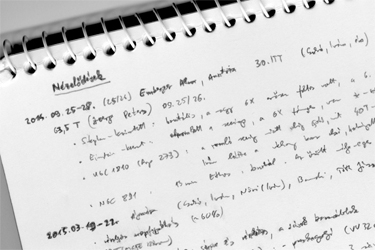 There are a lot of objects in the sky I would like to take a look at and draw. But it takes a long time for me to make a drawing and quite often there is no chance to make a drawing straightaway. It also happens that the object is not as spectacular in the telescope and I choose not to draw it. And very often we are just enjoying the view in the telescope and no drawings are made. But sometimes I write a few words about the more interestimg objects.
There are a lot of objects in the sky I would like to take a look at and draw. But it takes a long time for me to make a drawing and quite often there is no chance to make a drawing straightaway. It also happens that the object is not as spectacular in the telescope and I choose not to draw it. And very often we are just enjoying the view in the telescope and no drawings are made. But sometimes I write a few words about the more interestimg objects.
In the list below I picked a few selected objects that I took a look at between 2000-2016 but didn't draw. But it might still be interesting how they looked like in the given telescopes. These are true gems - very special and beautiful objects which I would like to return to.
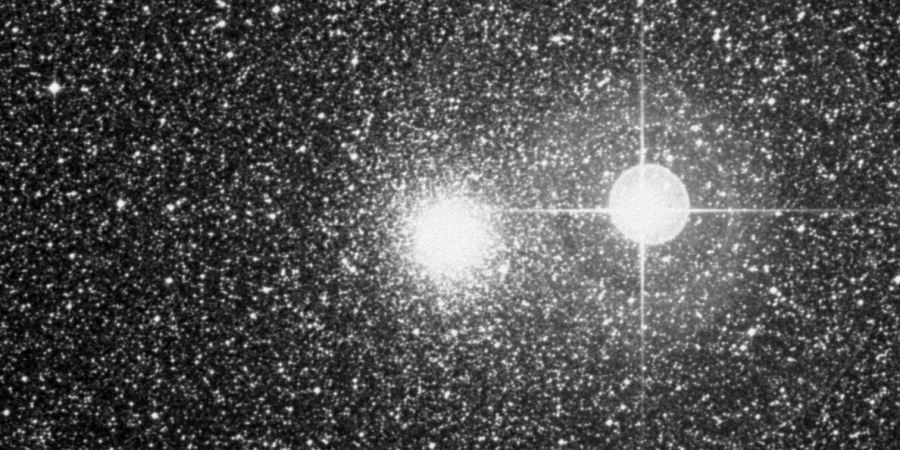
Sco GC - Globular cluster close to the Scorpion's sting next to the 3.2m star G Scorpii.
200?. Ágasvár, Hungary, ?: I don't remember when exactly and with what telescope I took a look at it. It was in one of the summer camps of the Hungarian Astronomical Association. The telescope was almost horizontal. A faint diffuse spot was visible next to one single star in the field. The background was very light grey.
2012. june, Hakos, Namibia, 16", 180x (10 mm Delos): One of the most beautiful sights in the telescope that I have not yet drawn. G Scorpii is shining in front of a sea of faint stars. NGC 6441 is very bright and is resolved into hundreds of tiny tack sharp stars.
2016. May, Hakos, Namibia, 16", 180x (10 mm Delos): Not such a tremendously beautiful sight as I remembered form 4 years ago but still very spectacular. It is an extremely dense globular cluster. In this respect there is a huge contrast with NGC 5286 in Centaurus which is next to a bright star as well.

Peg QSO - Quadruple quasar in Pegasus lensed by the core of the 15.2m galaxy PGC 69457. The brightness of the components is between 17.4m and 18.7m. The components' separation is about 1" (arcsecond).
201?. Ágasvár, Hungary, 16": The galaxy is visible but faint and shows no details.
2014.09.25/26. Emberger Alm, Austria, 25": Unfortunately the seeing has just deteriorated. The galaxy is bright. It has a stellar core which is the combined light of the quasar's components. But there is no chance for separation.
Psc (GX) - A galactic fragment on the outskirts of NGC 541 in which violent starburst was triggered by the relativistic jet originating near the central black hole of NGC 541.
2015.09.12-14. Ágasvár, Hungary, 16": It seems to be absolutely hopeless.
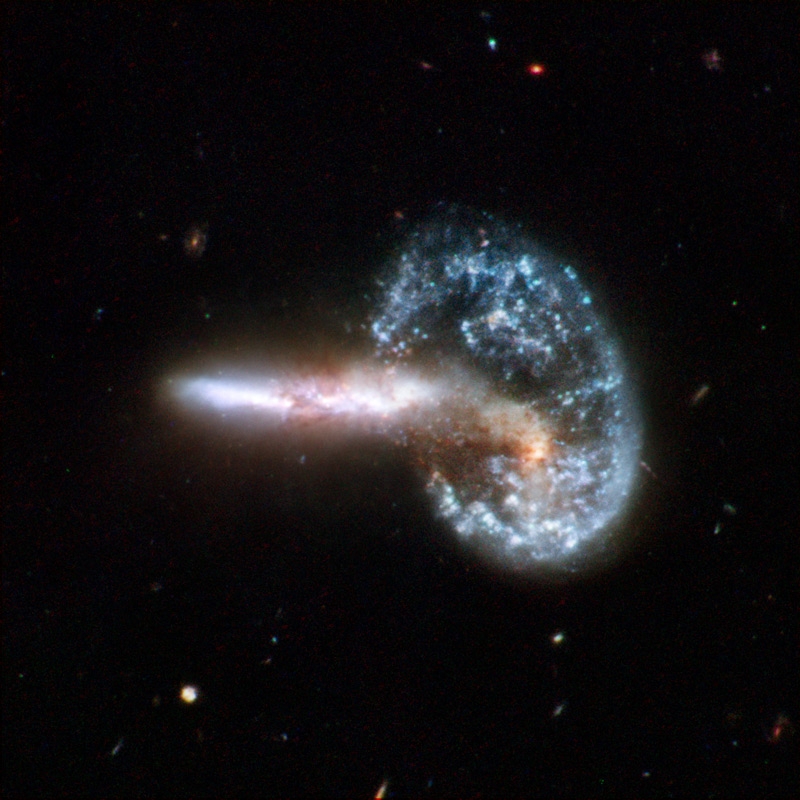
UMa GX - Frontally colliding galaxies. They look like a bullet shot through something that is exploding right now. Their brightness is about 16m.
2015.09.12-14. Ágasvár, Hungary, 16": The galaxies are in the middle of a small starless part of the sky (down to 16m). Therefore it is a little difficult to find and keep the exact position. The "bullet" (VV32a) was definitely visible as a very faint elongated object. The ring (VV32b) was not visible.
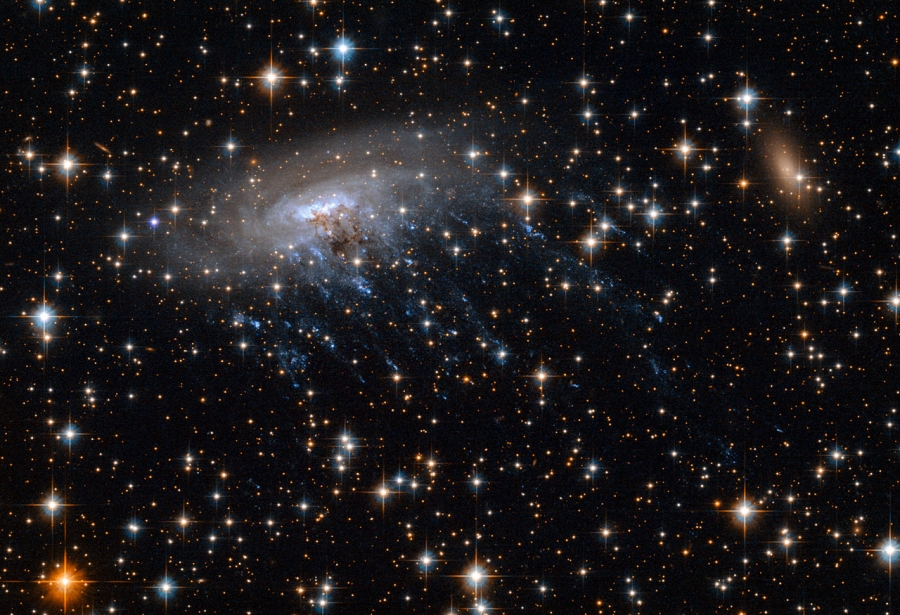
TrA GX - A torn-apart 14.6m galaxy in the Norma Cluster.
2016. May, Hakos, Namibia, 16": Visible, elongated, faint. No more details are really visible. There are many bright foreground stars.
2016. May, Hakos, Namibia, 24": It is an easier sight. Maybe after a lot of time and effort it wouldn't be impossible to spot some details (?).
Nor GX - The Norma Galaxy Cluster. This is "The Great Attractor".
2016. May, Hakos, Namibia, 16": Not very faint galaxies but basically without any details. Lots of relatively bright foreground stars.

Hya GX - Overlapping galaxies in front of the Abell 1060 galaxy cluster.
2016. May, Hakos, Namibia, 16": Easily visible but only a minimal amount of details were seen.
2016. May, Hakos, Namibia, 24": Small. There are dark spots and filaments on it but the whole picture is missing. Better seeing would be necessary.
Relatively big, faint and photographically very spectacular planetary nebulae in the Hydra and Virgo constellations.
2016. May, Hakos, Namibia, 16": They were visible but not very spectacular visually.
Cen GX
2016. May, Hakos, Namibia, 24": Not much better than with 16 inches.
Hya GX
2016. May, Hakos, Namibia, 24": Much more spectacular than with 16 inches. Very much like on high quality photos.

Dor DF - Ring shaped star forming region in the Large Magellanic Cloud (LMC).
2016. May, Hakos, Namibia, 16": The ring was not visible at first sight. I didn't take a look at it for too long.
2016. May, Hakos, Namibia, 24": The ring is visible but it's faint.
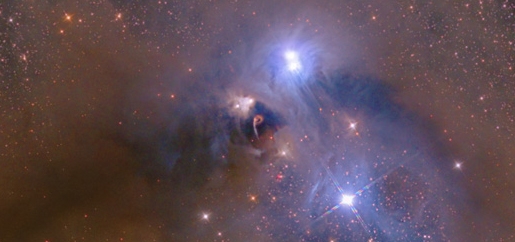
CrA DF - A very unique shaped diffuse nebula around young stellar object(s).
2016. May, Hakos, Namibia, 16": Barely visible.
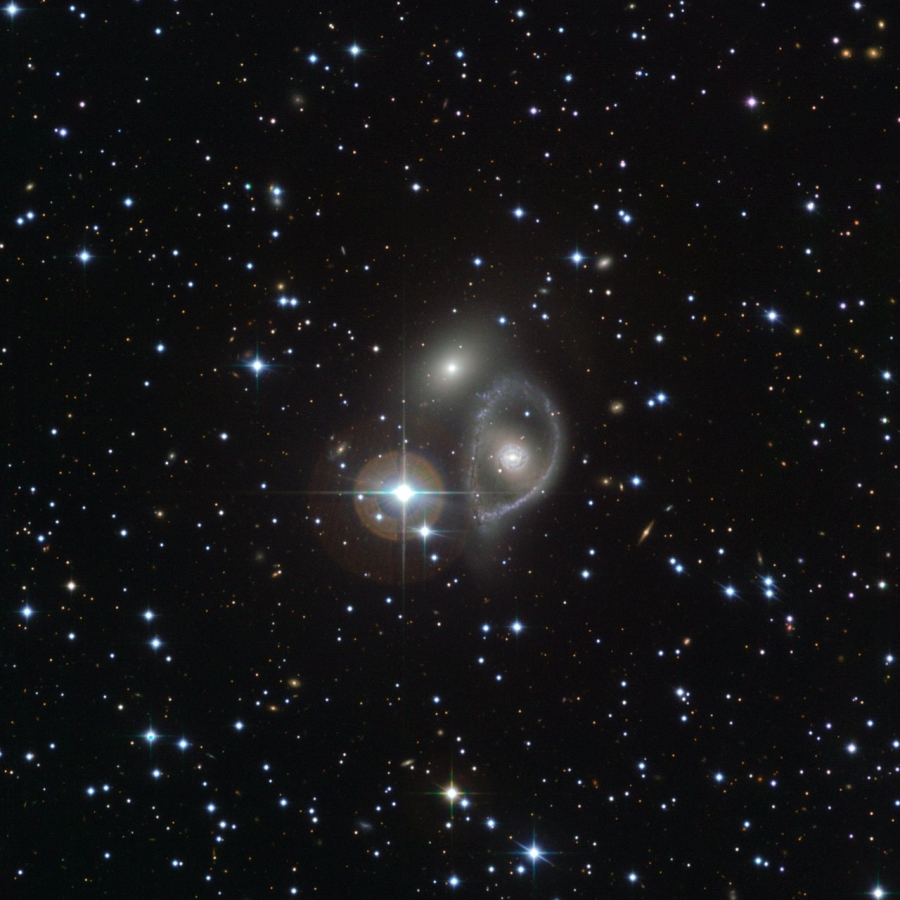
Ant GX - Ring shaped interacting galaxy.
2016. May, Hakos, Namibia, 24": The ring was not visible. We could detect only a small and faint fragment.
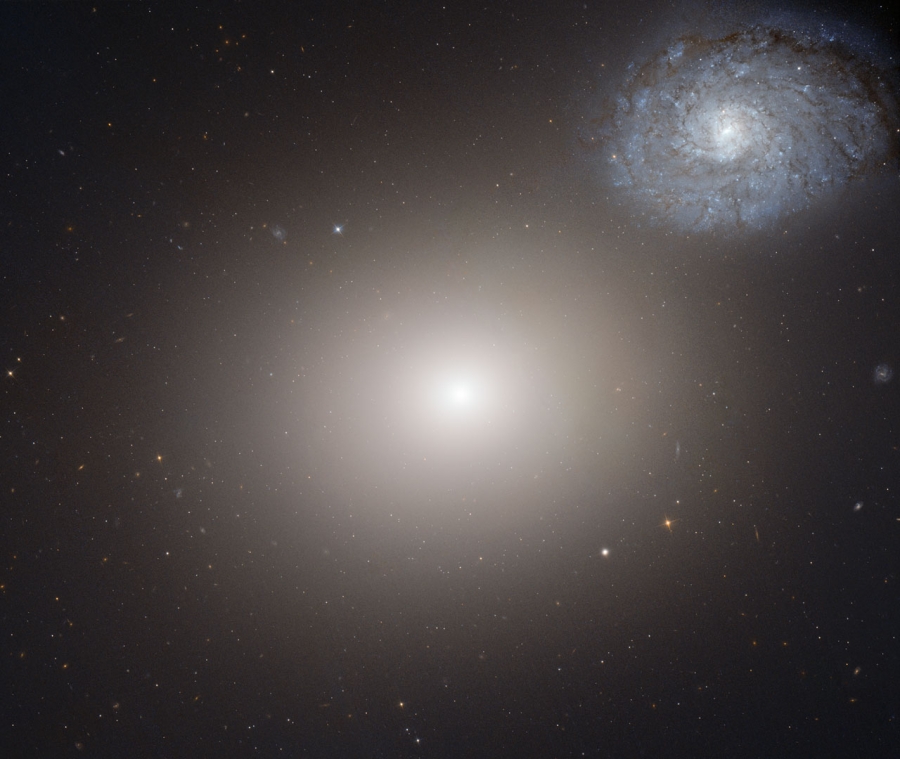
Vir GX - Ultracompact galaxy next to M 60. One of the densest known galaxies with a relatively huge black hole (compared to the mass of the whole galaxy).
2016. May, Hakos, Namibia, 16": I did not see it which surprised me very much.
2016. May, Hakos, Namibia, 24": NGC 4647 next to M 60 is full of details: even the ripples of the spiral arms could be seen. But M60-UCD1 is very faint even in this telescope. It is star-like.
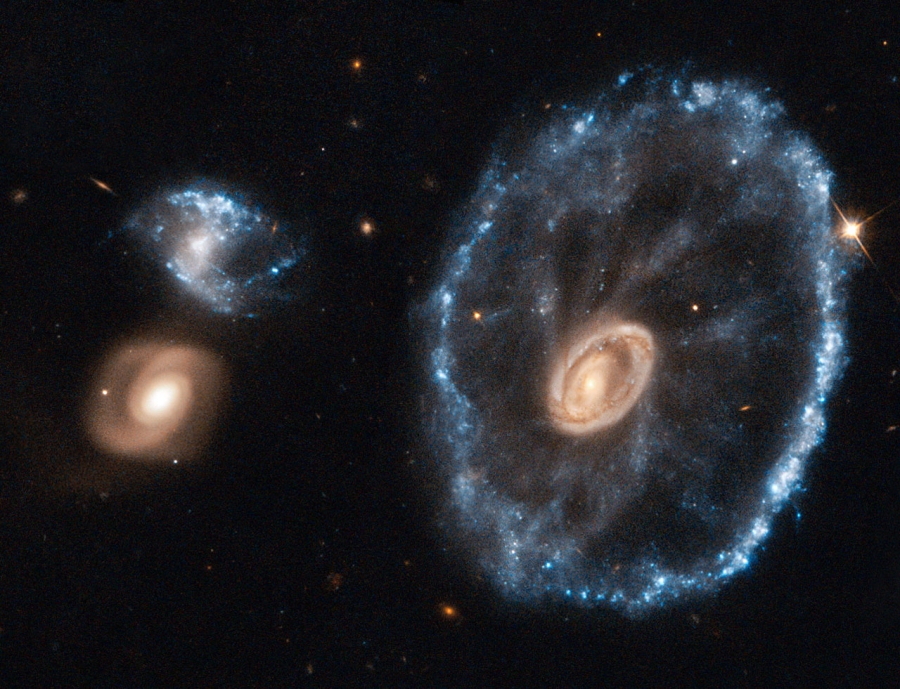
Scl GX - Ring shaped interacting galaxy
2012. June, Hakos, Namibia, 24": Bright, very easily visible. Besides the core of the galaxy the ring is obviously visible as well. Moreover it shows a few details (bright spots). The two small neighbouring galaxies were visible as well.

Vir GX - M 87 is the large central elliptical galaxy of the Virgo Cluster. A relativistic jet is emerging from the region around its central black hole.
2012. June, Hakos, Namibia, 24": It is obviously visible even without knowing its exact position angle and size. It even features a few details: two brighter spots are visible in it (?).
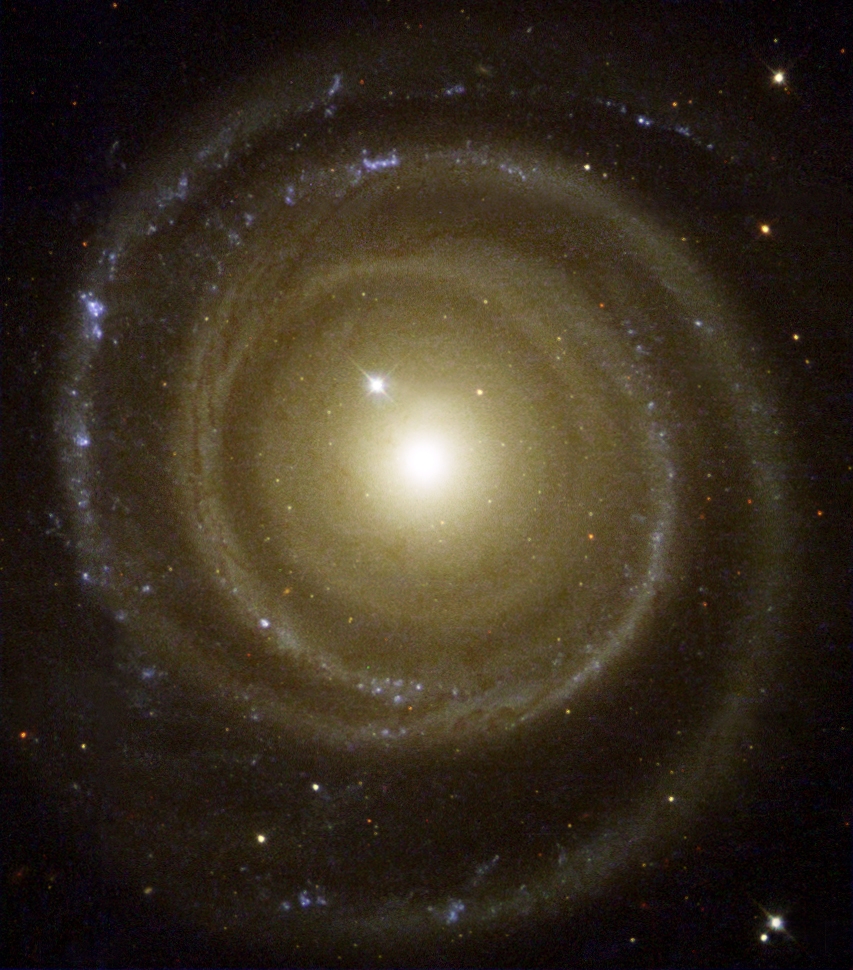
Cen GX - Spiral galaxy with pretty untidy arms.
2012. June, Hakos, Namibia, 24": We did not see the spiral arms of the galaxy.
Vir GX - A very photogenic symmetrical tightly wound spiral galaxy.
2012. June, Hakos, Namibia, 16": I did not see the spiral arms.

Cet GX - Ring shaped interacting galaxies.
2015.09.12/13, Ágasvár, Hungary, 16": Extremely faint but there were a couple of minutes when I could see something about 80% of the time. In at least 2 hours of observation. This something could be the combined light of the two galaxies and the star. None of them were visible separately. The whole thing is an extremely faint "something" in which there might be details but how and where???